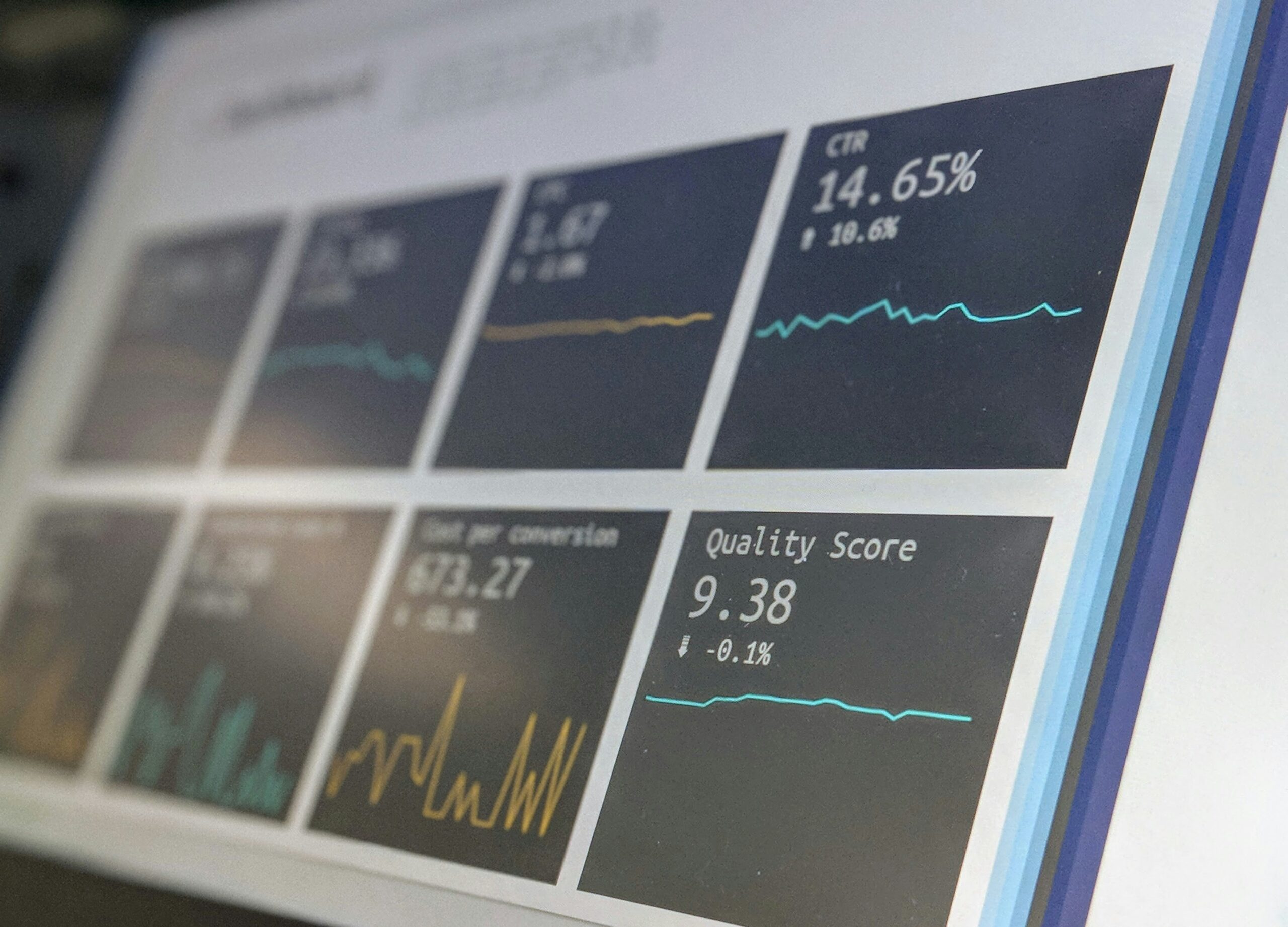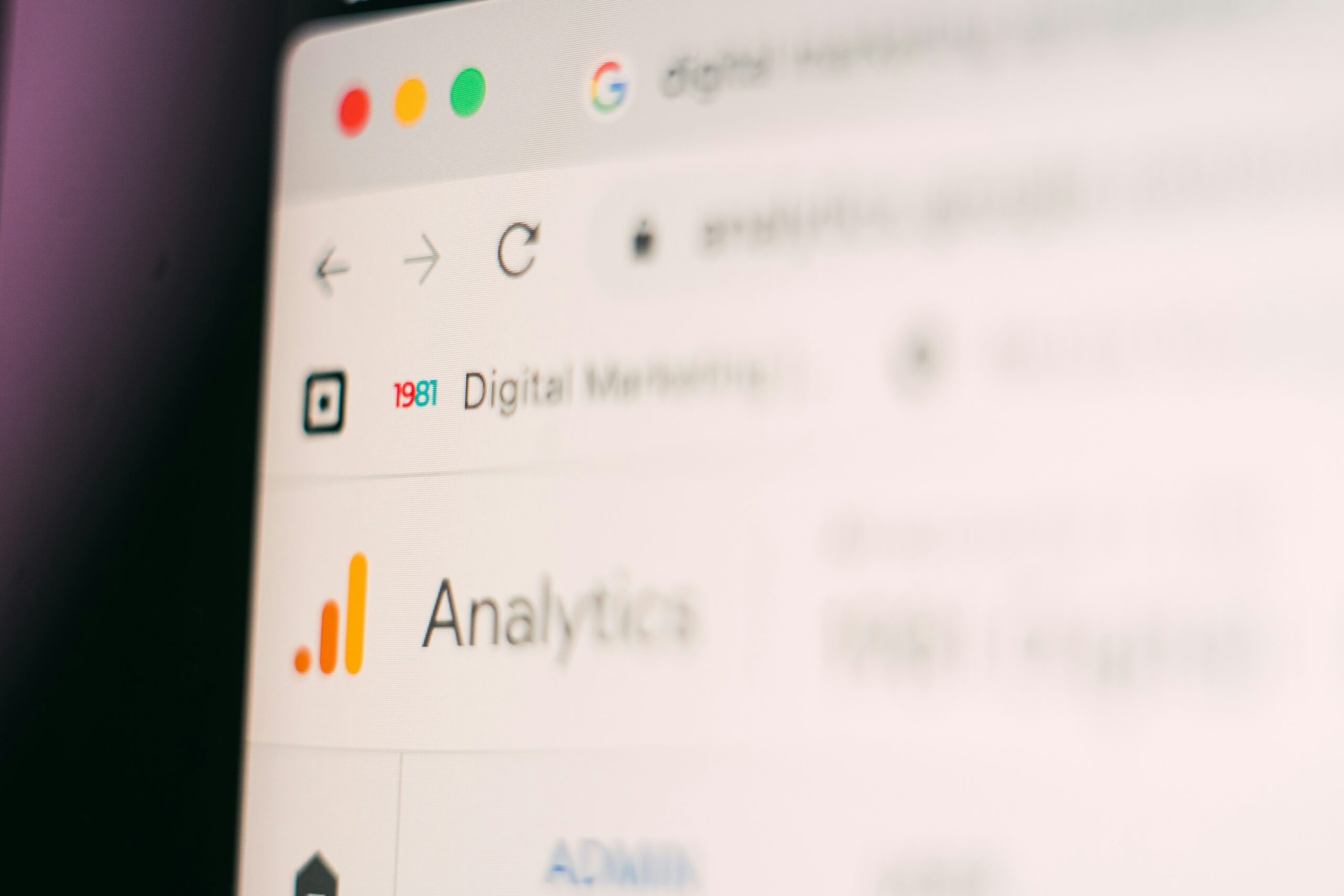In today’s digital marketplace, optimizing every step of the sales funnel is essential for turning prospects into loyal customers. Sales funnel journey mapping offers a strategic way to understand how users interact with your brand, from the first click to final conversion. By identifying where leads drop off and what drives engagement, businesses can fine-tune each stage for better performance. This guide explores how mapping, automation, and analytics work together to create a seamless and conversion-focused experience. Whether you’re refining an existing funnel or building one from scratch, the strategies ahead provide a clear path to higher ROI.
Key Takeaways
- The sales funnel maps the customer journey from awareness to final purchase, with every stage affecting conversion rates.
- Effective funnel optimization requires detailed analysis, customer journey mapping, and data-driven insights to address bottlenecks.
- Tactics such as A/B testing, personalized calls-to-action, and reducing cart abandonment are critical for enhancing conversions.
- Customized solutions and expert consultations further refine funnel processes to boost overall ROI.
What Is Sales Funnel Journey Mapping and Why Does It Matter?

Sales funnel journey mapping is the process of visually outlining every step a customer takes from first interaction to final conversion. It helps identify gaps, drop-off points, and opportunities for improvement by analyzing user behavior at each stage. This enables businesses to create more efficient, personalized, and consistent customer experiences that improve engagement and boost conversions.
What is sales funnel journey mapping?
Sales funnel journey mapping is a method for tracking every interaction a lead has with your business across the entire funnel. It helps identify where prospects drop off and highlights areas needing optimization. By visualizing the journey, teams gain a clearer picture of the buyer’s behavior and intent. This understanding informs content, timing, and messaging strategies. Mapping ensures alignment between marketing and sales efforts. It also allows for better targeting based on where users are in the funnel. When done correctly, it removes friction and simplifies decision-making. It turns passive traffic into active leads and buyers.
How does mapping the sales funnel improve customer experience?
Mapping the funnel highlights key interactions and uncovers where users face delays or confusion. This insight helps streamline those touchpoints for a smoother, more intuitive experience. With the journey visualized, businesses can tailor content and communication based on customer needs. This increases engagement and reduces frustration. A more cohesive journey boosts user trust and lowers bounce rates. It also supports consistency in messaging across platforms. Real-time data makes adjustments more responsive and targeted. The result is a more personalized path that improves satisfaction and leads to higher conversions.
Which metrics are crucial for evaluating sales funnel performance?
Funnel performance relies on tracking metrics at every stage. At the top, impressions and site traffic indicate visibility. As users progress, click-through rates and time-on-site signal interest and engagement. Further down, conversion rates and form completions reveal decision-making trends. At the final step, metrics like sales conversions, average order value, and customer acquisition cost reflect overall effectiveness. Monitoring drop-off points helps isolate issues. Segmenting these metrics by channel or audience type adds clarity. A consistent review process ensures timely improvements. Together, these data points offer a complete view of funnel health.
What Are the Key Stages of a Sales Funnel and How Do They Impact Conversions?

Every sales funnel includes four essential stages: Awareness, Interest, Decision, and Action. Each stage represents a milestone in the customer journey and influences how likely a prospect is to convert. Understanding how each step works allows businesses to create targeted strategies that reduce friction and improve engagement. When optimized together, these stages drive measurable growth and increase ROI. Missed opportunities at any point can lead to drop-offs and decreased revenue.
What Happens During the Awareness Stage of the Sales Funnel?
The Awareness stage is where potential customers first encounter a brand. This could happen through organic search, paid ads, or social media. The goal here is to make a strong impression and communicate value clearly. Targeted messaging and eye-catching visuals help attract interest. Metrics like impressions and click-through rates measure early engagement. High-performing content builds curiosity and encourages deeper exploration. This stage benefits from SEO and paid campaigns working together. A strong first touch lays the foundation for meaningful engagement ahead.
How Does the Interest Stage Influence Customer Engagement?
The Interest stage builds on awareness by delivering content that resonates with user needs. Educational assets like blog posts, videos, or emails play a central role here. This stage is about deepening trust and offering helpful insights. Interactive tools and personalized communication boost attention. Users spend more time on site and engage with key resources. Lead magnets like downloads or free trials encourage sign-ups. Nurturing begins here, setting up the Decision phase. Engagement at this stage drives qualified leads further into the funnel.
What Factors Drive Decision-Making in the Sales Funnel?
In the Decision stage, prospects evaluate their options and weigh benefits. Clear messaging and simplified choices reduce hesitation. Highlighting product features and benefits supports confidence. Visual aids like demos or walkthroughs can clarify value. Removing friction with transparent pricing and comparison tools helps. Personalization continues to matter—targeted offers increase motivation. Strong CTAs guide users toward conversion without pressure. A streamlined experience can tip the scale in your favor.
How Can the Action Stage Maximize Conversion Rates?
The Action stage is where leads convert into customers. Optimizing this phase requires simplicity and confidence. Clean design and fast-loading pages reduce drop-off. Short, clear forms prevent user fatigue. Offering multiple payment methods improves convenience. Trust signals like secure badges and reviews reinforce credibility. Exit popups or reminders help rescue potential abandonments. Personalizing final offers increases urgency. This final stage benefits from testing and real-time analytics to ensure continued improvement.
How Do You Analyze and Identify Bottlenecks in Your Sales Funnel?

Pinpointing funnel drop-offs is key to improving conversions. Bottlenecks occur when prospects abandon the journey due to confusion, friction, or lack of motivation. By combining data and user insights, businesses can diagnose the root cause of performance issues. This allows for precise optimization rather than guesswork. The process starts with visibility into every funnel stage.
What Tools and Metrics Are Essential for Funnel Analysis?
Funnel analysis requires both behavioral data and performance metrics. Tools like analytics dashboards and visual mapping platforms offer detailed tracking. Metrics such as bounce rates, form abandonment, and click-through rates show user patterns. Time spent on page and scroll depth can signal interest or hesitation. Monitoring drop-off points reveals areas of friction. Segmentation by device and user type helps refine strategy. Data dashboards consolidate metrics for real-time insights. A structured setup enables continuous optimization across the funnel.
How Can Customer Journey Mapping Reveal Conversion Barriers?
Customer journey mapping gives a visual overview of how users interact with your brand. It identifies gaps where confusion, hesitation, or frustration occur. By analyzing behavior patterns, you can improve flow and clarity. Mapping also shows misalignment between messaging and user expectations. Insights from heatmaps or user recordings provide tangible improvement areas. Tailoring content and structure reduces disconnection. Journey mapping helps turn insights into practical action steps. This approach ensures each touchpoint works toward conversion.
What Are Common Funnel Bottlenecks and How Can You Fix Them?
Bottlenecks often appear as high bounce rates, abandoned forms, or low engagement. These can result from unclear CTAs, long processes, or irrelevant messaging. Fixes include simplifying page layouts and using concise, direct language. Streamlining navigation helps guide users more efficiently. Personalization boosts relevance at each step. Testing multiple versions of key pages helps refine effectiveness. Adding trust indicators can reduce hesitation. Fixing even one bottleneck can significantly lift conversions. A proactive strategy ensures the funnel keeps moving forward.
What Are the Best Strategies for Conversion Rate Optimization (CRO) in Sales Funnels?

Conversion Rate Optimization focuses on improving the efficiency of each funnel stage. Rather than relying on volume alone, CRO enhances how effectively leads move through the journey. This includes refining content, removing friction, and improving clarity. Strategic testing and behavioral insights guide adjustments that lead to higher conversions. The process is continuous and requires focused experimentation.
A/B Testing Reveals What Works Best
A/B testing helps optimize pages by comparing two versions of key elements. These elements can include headlines, layouts, form fields, or button styles. Equal traffic is directed to both variations to gauge performance. The winning version becomes the new baseline for future improvements. This method identifies what resonates with real users rather than relying on assumptions. It reduces guesswork and helps uncover high-impact changes. Regular testing ensures the funnel adapts to evolving behavior. A/B testing supports a data-driven approach to conversion success.
Clear Calls-to-Action Guide User Behavior
Effective CTAs eliminate hesitation by telling users exactly what to do next. They should be visible, specific, and placed where action is expected. Language that emphasizes value or urgency boosts responsiveness. For example, using action words tied to benefits can increase engagement. CTA buttons should contrast with the background and avoid distraction. Placement above the fold or after key info improves visibility. Personalized CTAs based on behavior increase relevance. Strong CTAs push users forward without confusion.
Friction Reduction Keeps Users Moving
Reducing friction removes barriers that prevent users from converting. This can mean simplifying form fields, removing redundant steps, or shortening load times. Streamlined checkout experiences result in fewer drop-offs. Visual consistency across devices improves trust and flow. Clearly labeled fields and progress indicators boost ease of use. Addressing slow or clunky interfaces minimizes frustration. Reducing distractions focuses attention on key actions. A smooth path supports faster decision-making and stronger funnel results.
Frequently Asked Questions
What is a sales funnel and why is it important for conversions?
A sales funnel represents the full journey a potential customer takes from initial awareness to final conversion. It helps businesses understand where users disengage and which strategies can nurture leads more effectively. Mapping this process enables brands to deliver timely, relevant content and streamline experiences to increase conversion rates.
How can A/B testing be implemented in sales funnel optimization?
A/B testing involves creating two versions of a webpage or element—such as a headline, CTA, or layout—and directing equal traffic to both. By comparing performance metrics like click-through and conversion rates, businesses can determine which version performs better. This method supports continuous optimization of each stage in the funnel.
What tools are recommended for analyzing customer funnel performance?
Analytics tools like Google Analytics, Hotjar, Crazy Egg, and Mixpanel offer visibility into how users interact with each stage of the funnel. For businesses using Nurture Machine, built-in real-time analytics and behavioral tracking further enhance funnel monitoring by enabling segmentation, event-based triggers, and journey-based performance metrics.
How does personalization enhance the effectiveness of a sales funnel?
Personalization aligns messaging, content, and offers with a user’s behavior, preferences, or demographics. This relevance increases trust and drives higher engagement. Through Nurture Machine’s AI-powered automation, businesses can deliver customized campaigns that respond to user actions, improving both the user experience and conversion outcomes.
What frequency is recommended for reassessing and updating the sales funnel?
While regular pulse checks help track performance, a full funnel review should occur monthly or quarterly. Combining analytics with user feedback allows businesses to spot trends and adapt strategies. Nurture Machine’s centralized dashboard makes ongoing assessment easier by aggregating performance data for streamlined optimization planning.
Conclusion
In conclusion, optimizing your sales funnel for maximum conversions involves a holistic approach that spans every stage of the customer journey—from building initial awareness to ensuring a seamless checkout. Data-driven insights, combined with expert consultation and personalized strategies, empower businesses to identify and resolve bottlenecks effectively. With continuous monitoring, testing, and iterative improvements, an efficient sales funnel boosts immediate conversions and cultivates long-term customer loyalty, setting the stage for sustained growth and improved ROI.






